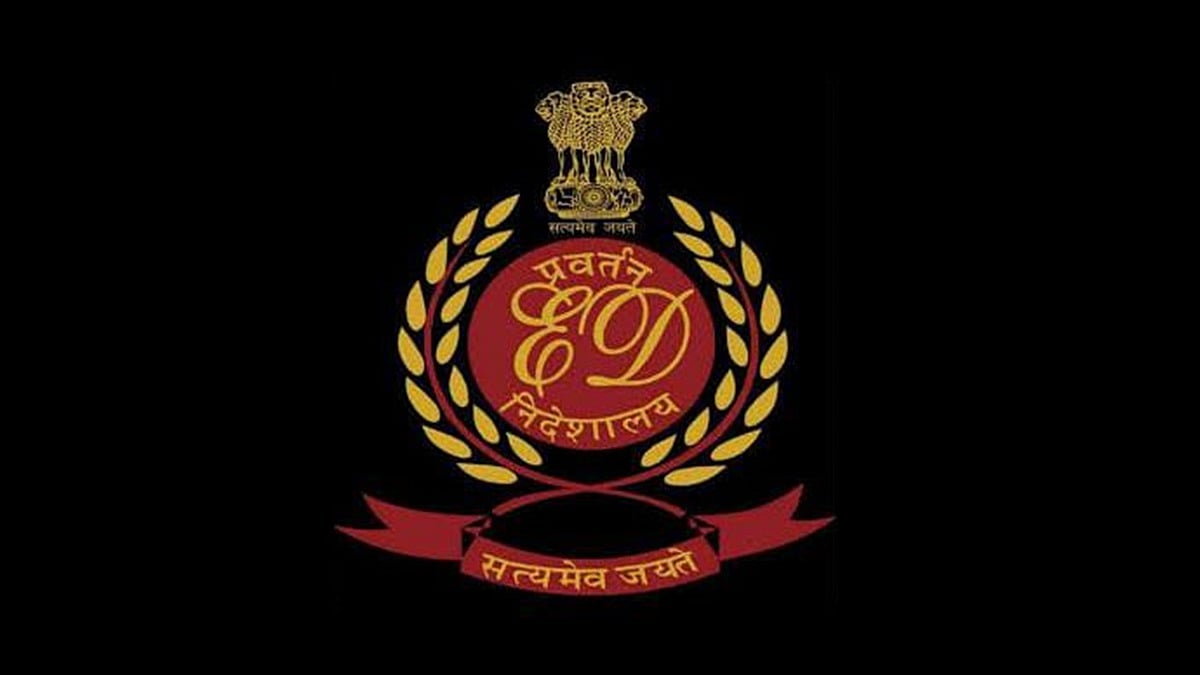Many people are still under the impression that there is no way to track progress when it comes to health and fitness. But with the introduction of so many trackers on the market, that is no longer the case.
But one problem still exists - deciding which of the many fitness metrics are actually worth tracking.
The most important ones will change depending on your goals and objectives. However, let’s talk about some of the essential metrics for monitoring overall health.
There are many metrics for tracking fitness - the number of steps you take each day, your body weight, time spent exercising, and so on. But tracking these will not tell you a lot about your progress.
To really measure your overall fitness, it’s important to track the most important health metrics.
1. Heart Rate
The heart rate is one of the most important health and fitness metrics. Not only is it a good indicator of your general wellness, but it can also help you perform certain exercises to the maximum effect.
Many gym chains like Orange Fitness base their programs on heart rate tracking to generate results quickly.
You can also use heart rate metrics to track your fitness progress. For example, when you start running 3 kilometers per day at a consistent speed, your heart rate will increase rapidly. But after a few weeks, it should start getting lower as your body adapts to the more intense regime.
2. Body Mass Index (BMI)
The BMI is one of the most popular metrics to track for fitness goals. It is an indication of your body weight relative to your height.
Your weight alone is not a good measure of whether you are lean, stocky, average, or obese. But by calculating your BMI score, you can categorize yourself without any bias and develop further fitness goals accordingly.
Based on your overall body weight with respect to your height, you get your BMI score, which can classify you as underweight, healthy weight, overweight, or obese.
According to the standard scale, if your score falls below 18.5, you are underweight. If it is in the range of 18.5 - 24.9, your weight is healthy. If it falls between 25.0 and 29.9, you are classified as overweight. Finally, if your BMI score is greater than 30, you are at risk of obesity.
3. Waist-to-Hip Ratio Calculator
Unlike BMI, the Waist-to-Hip ratio is a lesser-known fitness metric. However, it is equally insightful in terms of tracking your health. The ratio basically represents a numerical value that gives you the circumference of your waist relative to that of your hips.
By calculating the ratio, you can figure out your body fat distribution and the associated health implications.
Unlike Body Mass Index, it is more complicated to measure this ratio. Fortunately, you can use a Waist to Hip ratio calculator to get an accurate value.
You can also use this calculator to figure out if your body is pear-shaped, avocado-shaped, or apple-shaped.
4. Waist-to-Height Ratio Calculator
The waist-to-height ratio is another important metric for measuring your overall health and fitness. It is also used for evaluating the distribution of fat in your body. However, this one does so relative to your height instead of your hip circumference.
The difference is important as many people, especially men, do not have wide hips. As such, height proves to be a much more reliable metric for tracking fitness. The ratio is specifically used to measure the distribution of fat around the abdomen region.
You can use a Waist to Height ratio calculator to get this value accurately. Based on your score on the calculator, your body type can be classified as being very slim, slim, healthy, overweight, very overweight, or obese.
5. Sleep Quality
While many people keep chasing physical metrics, important ones like sleep quality and sleep time are often ignored. Getting a good night’s sleep is important if you want to have enough energy throughout the day. It’s also equally important if you are looking to hit the gym and want to build more muscle.
But forcing yourself to get enough sleep is not the answer. Many fitness enthusiasts make the mistake of sleeping in breaks 4-5 times a day to fulfil the quota. However, that’s not how things work. That is why the Sleep Quality metric is so important.
According to most scientists, healthy adults should aim to get at least 7 hours of sleep each night. This also involves being deep in sleep and hitting 4-6 REM cycles, which would require you to get all the 7 hours in one go.
Many fitness trackers have in-built features for measuring sleep quality. Nowadays, you can quantitatively evaluate your blood oxygen levels, REM cycles, and even the number of times you toss and turn around on the bed.
Sleep quality, therefore, remains one of the most important fitness metrics to track.
6. Calories Consumed and Burned
The number of calories that you consume and burn each day are two of the most common and important metrics for measuring health and fitness. They calculate your energy intake and expenditure throughout the day.
Many people track the amount of calories they consume religiously. It allows them to keep a check on their weight gain or weight loss goals.
At the same time, the amount of calories burned is equally important. All the activities that you do - something as small as breathing to major activities like exercising - add up to form the number of calories that you burn per day.
Striking the right balance between the two is crucial for meeting your health and fitness goals. For example, if your goal is to gain weight, then the number of calories that you consume should be greater than the number that you burn.
On the other hand, if you want to maintain your current body weight, then your calorie intake and expenditure should be the same. Finally, the number of calories consumed should be fewer than the calories burned if you want to lose weight.
7. Body Fat Percentage
The body fat percentage is another fitness metric that provides objective insights into an individual’s health and fitness levels. Unlike BMI and body weight alone, BFP takes into account an individual’s body composition.
Therefore, it distinguishes between lean mass and adipose tissue, which is crucial for evaluating a person’s fitness. BMI scores are usually very inconsistent for people on the extreme end.
For example, a bodybuilder will weigh more than an average person of the same height, as muscles tend to be heavier than fat tissues. However, his BMI score can show either ‘overweight’ or ‘obese’ because of his overall body weight, which would be inaccurate.
In this regard, Body Fat Percentage is a superior metric compared to other indicators. It provides an accurate reflection of an individual’s relative weight and whether they need to adjust their fitness and dietary regimens.
8. One-Rep Maximum
Fitness enthusiasts who hit the gym regularly track their One-Rep Maximum for all major exercises, especially the three main compound lifts.
The 1RM is an important metric to measure an individual’s strength and power. It refers to the maximum amount of weight you can lift for a single repetition of a specific exercise.
Most powerlifters prepare for competitions and meets by continuously measuring and evaluating their 1RM capabilities. They design their entire fitness regimes to improve their 1RM for squats, deadlifts, and bench presses so that they can perform to their maximum capacity on the day of the event.
However, it’s important to realize that 1RM does not necessarily tell anyone about their overall strength and power. It is simply a measure of how much weight one can lift while performing a specific exercise.
For example, two people with the same level of functional strength can have different 1RM when it comes to bench pressing because of their diverse training backgrounds.
9. VO2 Max
The VO2 Max is a relatively new metric that has been introduced in fitness trackers. It is used to measure the amount of oxygen (in milliliters) that your body (in kilograms) can intake on a per-minute basis to send to the muscles.
The higher your VO2 max, the more your body will be able to convert oxygen into energy while exercising.
Constant exercising can actually increase your VO2 max, which is the goal of many fitness enthusiasts to ensure that they get the best out of their time spent at the gym.
Final Words
Nowadays, there are hundreds of different fitness metrics, each telling something unique about our bodies. However, tracking all of them at once will only lead to confusing results.
To help you measure your health and fitness levels accurately, we have compiled a list of the most effective, unbiased, and important fitness metrics that you can measure on your own or with the help of a calculator or device.











